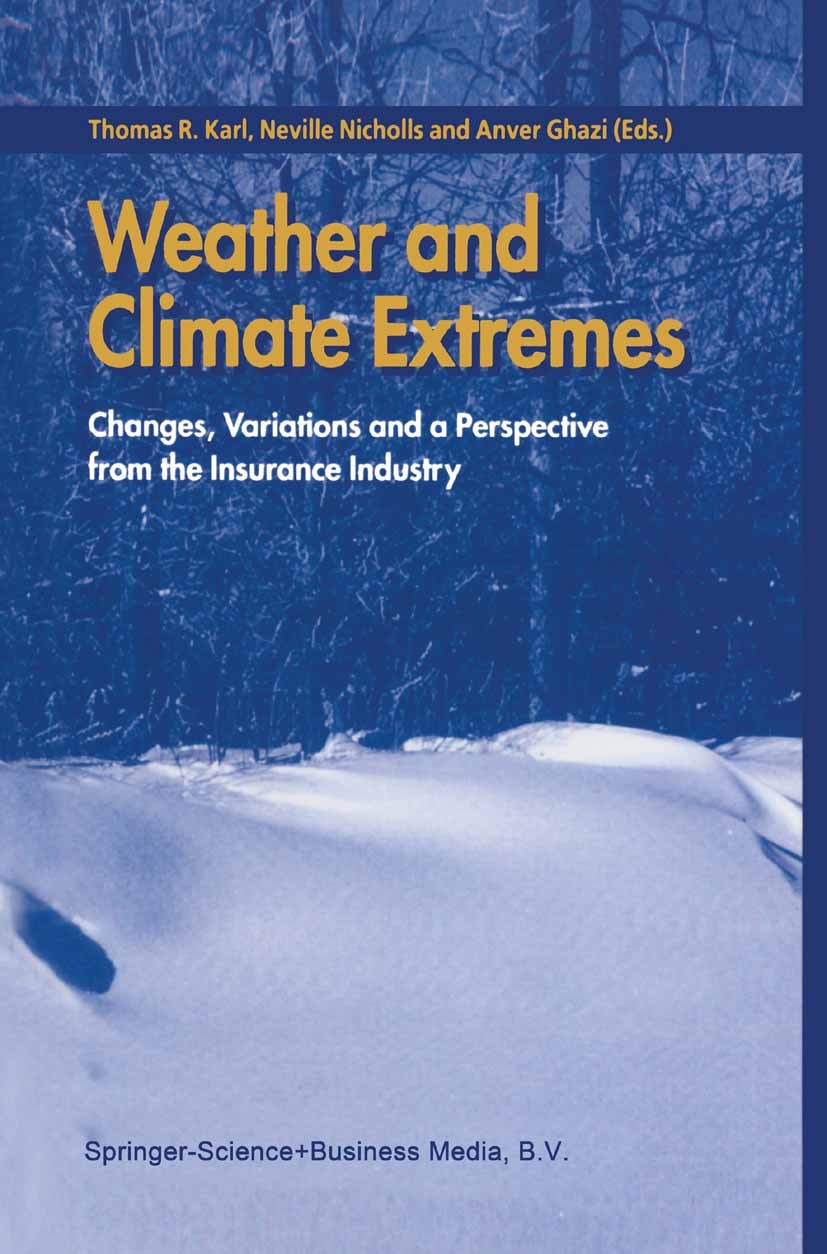Intrinsic short Marine Heatwaves from the perspective of sea surface temperature and height
IF 6.9
1区 地球科学
Q1 METEOROLOGY & ATMOSPHERIC SCIENCES
引用次数: 0
Abstract
Marine heatwaves (MHWs) have recently been recognized as extreme climate events considering their devastating impacts on marine ecosystems. Our study explored the spatial and temporal variability of short (duration <10 days) and long MHWs in nine sub-regions around the Australian coastal region using the original (5-day) and an updated longer duration (10-day) criteria for MHW identification based on gap-free Sea Surface Temperature (SST) analyses from 1981 to 2020. By quantitatively investigating the contribution of ocean warming to short MHWs, we could consider most of the short events as background signals of a dynamic ocean surface over the Australian region. The application of the updated definition highlights areas that are more sensitive to local internal forcings, especially over the main flow of the East Australian Current. Furthermore, the Great Barrier Reef exhibit a larger increasing trend of MHW areas after excluding the short events. By numerically and graphically evaluating the relationship between the sea level anomaly (SLA) and SST metrics over two coastal regions of Australia, it is found that longer MHWs exhibiting two variation trends of large SLA metrics are ENSO dominant in the northwest coastal region (NW), and less ENSO-dominant but geographically-impacted in the southeast coastal region (SETS). However, it is possible that most short events in these two regions are a result of local and intrinsic variability or ocean warming of the water columns rather than the remote modulation of climate modes. Moreover, SLA over the 90th percentile, which successfully observed a subsurface MHW event over the NW region in 2008, has the potential to help identify subsurface MHWs, although limited by application area. Further investigation into the applicability of these, or other similar, updates to the MHW definitions may be warranted, to draw a broadly applicable conclusion to benefit detection and prediction of strong sub-surface MHWs impacting commercial and environmental activities.
从海面温度和高度角度看固有的短海洋热浪
考虑到海洋热浪对海洋生态系统的破坏性影响,海洋热浪(MHWs)最近被认为是极端气候事件。我们的研究探讨了澳大利亚沿海地区 9 个子区域的短海洋热浪(持续时间为 10 天)和长海洋热浪的时空变异性,采用了基于 1981-2020 年无间隙海洋表面温度(SST)分析的原始(5 天)和更新的更长持续时间(10 天)海洋热浪识别标准。通过定量研究海洋变暖对短时 MHW 的影响,我们可以将大部分短时事件视为澳大利亚地区海洋表面动态的背景信号。更新定义的应用凸显了对本地内部作用力更为敏感的区域,尤其是东澳大利亚洋流的主要流经区域。此外,在剔除短时间事件后,大堡礁的最高海平面上升趋势更大。通过对澳大利亚两个沿岸地区海平面异常和 SST 尺度之间关系的数值和图形评估,发现在西北沿岸地区(NW),ENSO 起主导作用,而在东南沿岸地区(SETS),ENSO 起主导作用较小,但受地理因素影响较大。然而,这两个地区的大多数短临事件可能是本地固有变率或海洋水柱变暖的结果,而不是气候模式的远距离调制。此外,超过第 90 百分位数的 SLA 于 2008 年在西北部地区成功观测到了一次次表层 MHW 事件,虽然受到应用领域的限制,但仍有可能帮助识别次表层 MHW。可能有必要进一步调查这些或其他类似的 MHW 定义更新的适用性,以得出广泛适用的结论,从而有利于探测和预测影响商业和环境活动的强烈次表层 MHW。
本文章由计算机程序翻译,如有差异,请以英文原文为准。
求助全文
约1分钟内获得全文
求助全文
来源期刊

Weather and Climate Extremes
Earth and Planetary Sciences-Atmospheric Science
CiteScore
11.00
自引率
7.50%
发文量
102
审稿时长
33 weeks
期刊介绍:
Weather and Climate Extremes
Target Audience:
Academics
Decision makers
International development agencies
Non-governmental organizations (NGOs)
Civil society
Focus Areas:
Research in weather and climate extremes
Monitoring and early warning systems
Assessment of vulnerability and impacts
Developing and implementing intervention policies
Effective risk management and adaptation practices
Engagement of local communities in adopting coping strategies
Information and communication strategies tailored to local and regional needs and circumstances
 求助内容:
求助内容: 应助结果提醒方式:
应助结果提醒方式:


